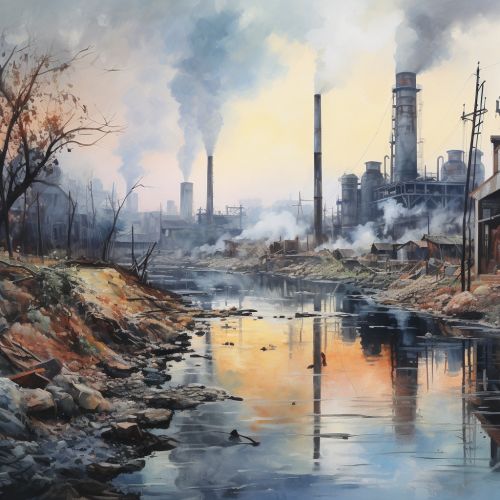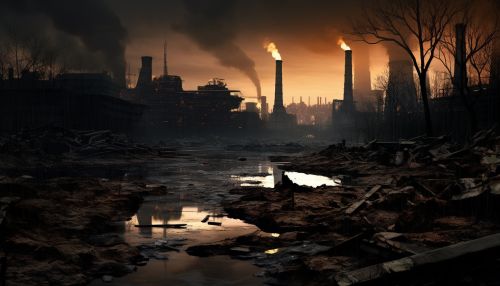Environmental degradation
Introduction
Environmental degradation is the deterioration of the environment through depletion of resources such as air, water, and soil; the destruction of ecosystems; habitat destruction; the extinction of wildlife; and pollution. It is defined as any change or disturbance to the environment perceived to be deleterious or undesirable. As indicated by the I=PAT equation, environmental impact (I) or degradation is caused by the combination of an already very large and increasing human population (P), continually increasing economic growth or per capita affluence (A), and the application of resource-depleting and polluting technology (T).
Causes
Environmental degradation is one of the largest threats that are being looked at in the world today. The United Nations International Strategy for Disaster Reduction defines environmental degradation as "the reduction of the capacity of the environment to meet social and ecological objectives and needs". This can be understood as a reduction in the capacity of the environment to provide food and energy; to absorb wastes and to neutralize hazards by our industrial base.


Effects
Environmental degradation can be seen in the physical environment and in the health of the population in the environment. The physical effects of environmental degradation can range from the loss of arable land and water resources to increased pollution. The health effects of environmental degradation can range from disease and illness to death.
Prevention
Prevention of environmental degradation is key to ensuring that we have a healthy environment for future generations. This can be achieved through a combination of political, economic, and social approaches.
